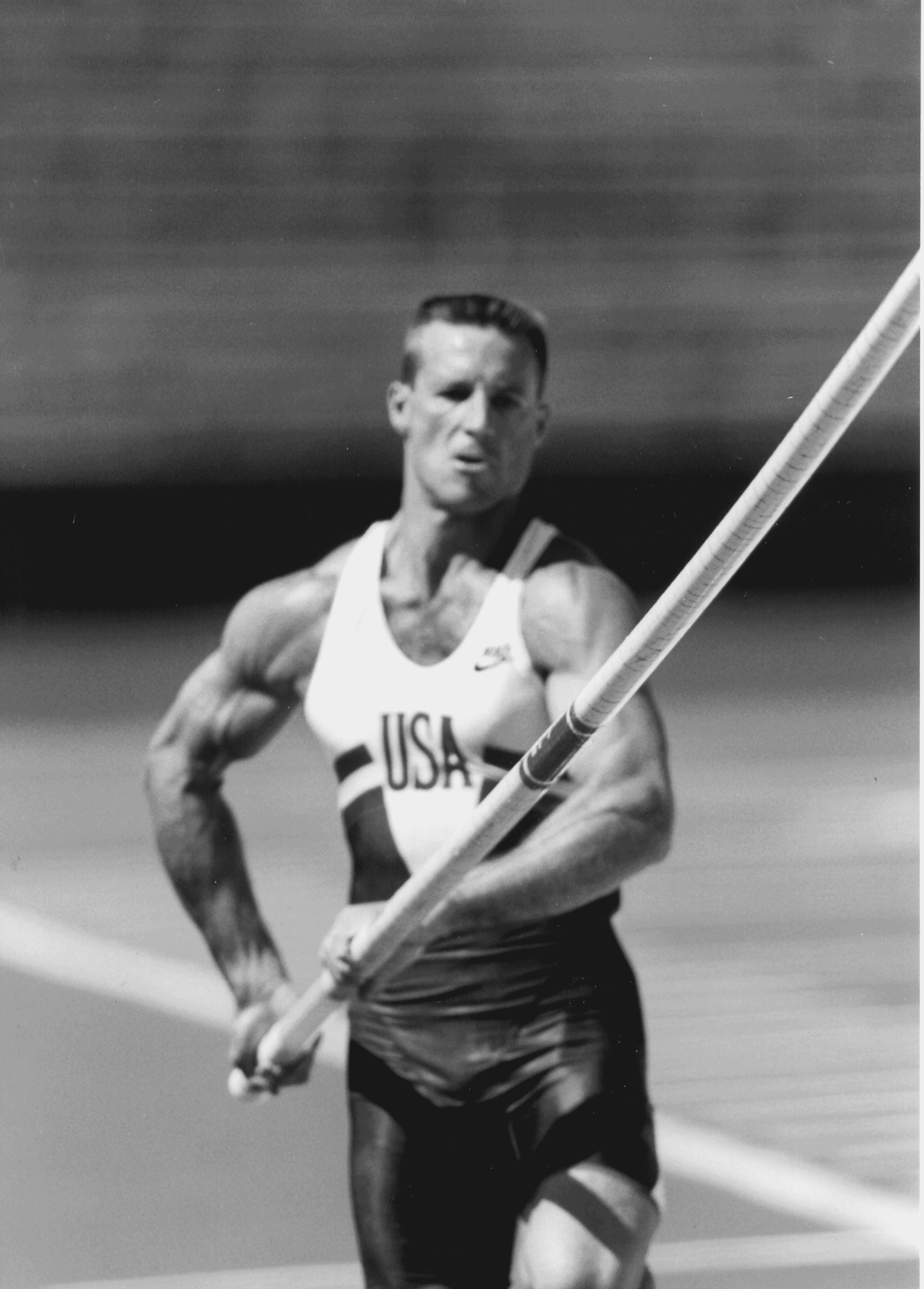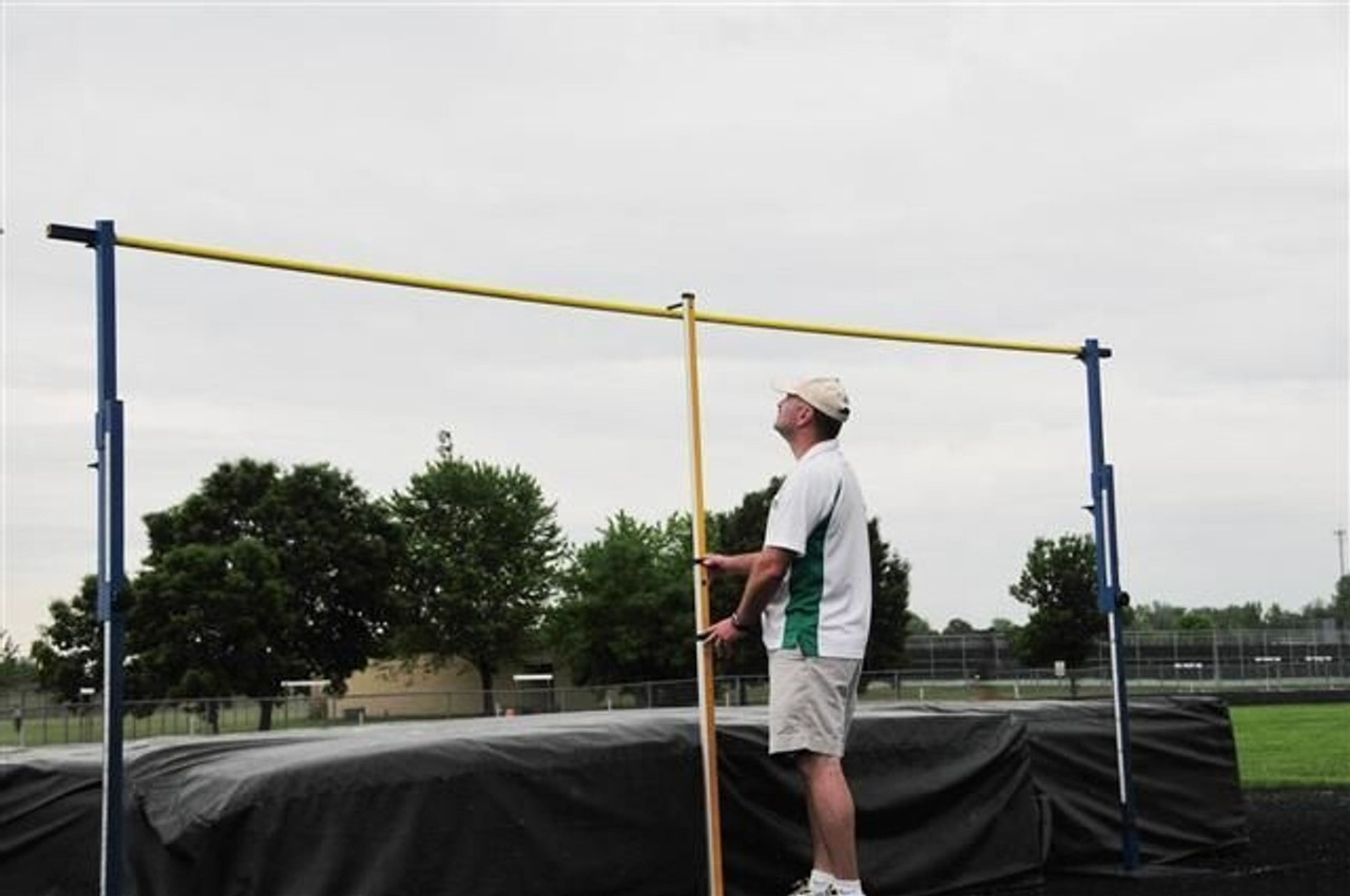How tall are pole vaulters?
Learn how tall professional pole vaulters can be. Discover the average heights for men and women, and how height impacts performance.
How Tall Are Pole Vaulters?
From spectators, to high school coaches looking for their next state champion, a common question arises: How tall are pole vaulters? Does an athlete's height significantly influence their performance? Let's explore the average heights of pole vaulters, how stature impacts technique, and highlight notable athletes of varying heights.
To kick this article off there have been successful pole vaulters of all heights. The goal is to move the biggest pole vaulting pole to vertical, and being tall with a high takeoff angle definitely helps. Short pole vaulters on the elite level all have one thing in common - speed. Let's look at the data to see what the average elite or professional measures in at.
Average Height of Pole Vaulters
What is the Average Height of a Pole Vaulter?
Pole vaulters exhibit a range of heights, but certain trends are evident at various competitive levels:
- How tall are male pole vaulters? Typically range between 5'10" and 6'2" (178–188 cm), though athletes both shorter and taller have achieved success.
- How tall are women pole vaulters? Generally range between 5'4" and 5'8" (162–173 cm), with successful athletes outside this range as well.
While these ranges are common, height alone doesn't determine a vaulter's capability. Factors such as technique, speed, and strength play crucial roles.
How Height Affects Pole Vaulting Technique and Performance
Does Height Matter in Pole Vaulting?
Height can influence a vaulter's technique and approach:
- Reach and Leverage: Taller vaulters often have a longer reach, allowing for a higher grip on the pole, which can aid in lift-off and maximizing clearance height.
- Takeoff Angle: The takeoff angle is critical for all vaulters. Taller athletes may naturally achieve optimal angles due to longer strides and reach.
- Maneuvering Around the Pole: Taller vaulters might find it more challenging to clear the bar cleanly, as they have a longer body to maneuver, making body control essential.
Regardless of height, a vaulter's success depends on how well they adapt their technique to leverage their unique physical traits.
Notable Tall and Short Pole Vaulters
Famous Pole Vaulters of Different Heights
Height isn't a definitive advantage in pole vaulting. Here are some renowned vaulters of varying statures:
- Armand Duplantis (5'11"): The Swedish world record holder combines speed, technique, and flexibility to dominate the sport.
- Sam Kendricks (6'1"): The American champion showcases how height, combined with skill, contributes to success.
- Eliza McCartney (6'0"): The New Zealand vaulter's height complements her technique, leading to significant achievements.
- Nina Kennedy (5'5"): The Australian vaulter demonstrates that shorter stature doesn't hinder reaching elite levels.
This diversity illustrates that while height can offer certain advantages, pole vaulters of all sizes have reached the pinnacle of the sport.
Advantages and Disadvantages of Being Tall or Short in Pole Vaulting
Being tall or short in pole vaulting comes with unique advantages and challenges. Taller vaulters generally have a longer reach, which allows them to grip the pole higher and gain better leverage during takeoff. This extra reach can help them achieve greater lift-off height, giving them an edge in clearing high bars. However, taller vaulters may need to exert greater body control due to their higher center of gravity, making precise movement around the pole and over the bar more challenging.
On the other hand, shorter pole vaulters often benefit from improved rotation and flexibility, which can make it easier to “snap” up and over the bar with efficiency. Their lower center of gravity can aid in maintaining balance and control during the vault. However, shorter vaulters may have to contend with a naturally lower grip height on the pole, potentially requiring them to focus more on generating explosive power and speed in their approach to maximize their lift-off.
In the end, both tall and short pole vaulters have achieved success at the highest levels of the sport. With the right training and technique adapted to their height, vaulters of all sizes can excel.
Does Height Determine Success in Pole Vaulting?
While height can influence certain aspects of pole vaulting, it is far from the only factor determining success. But man does it help! Elite pole vaulters need a combination of:
- Speed: Essential for a strong runway approach and lift-off.
- Strength: Upper body and core strength are crucial for controlling the pole and achieving lift.
- Technique: Perfecting takeoff, pole grip, and clearing techniques are vital at all heights.
Height may offer certain advantages, but vaulters of every stature have proven that with the right training and dedication, they can excel in the sport.
Highlighting Shorter Pole Vaulters: Joe Dial and Scott Huffman
Joe Dial (5'8")
Joe Dial, standing at 5'8", is a testament to how shorter athletes can excel in pole vaulting. He was the first high school pole vaulter to clear 18 feet and set multiple American records during his career, with a personal best of 19'6.5". Dial's achievements include winning the bronze medal at the 1989 World Indoor Championships and being inducted into the Pole Vault Hall of Fame in 2011.
Scott Huffman (5'9")
At 5'9", Scott Huffman developed a unique technique known as the "Huffman Roll" to compensate for his height. This innovation led him to set an American record of 19'7" in 1994. Huffman represented the United States in the 1996 Olympics and won national championships in 1993, 1994, and 1995.
Key Takeaways on Pole Vaulter Height
In summary, how tall are pole vaulters? While many fall within a certain range, height alone doesn't guarantee success in this sport. Taller vaulters might have the advantage of reach, while shorter vaulters often find agility and flexibility to be assets. Ultimately, dedication, speed, and technique are the most critical factors. Whether you're tall or short, the sky's the limit in pole vaulting!









